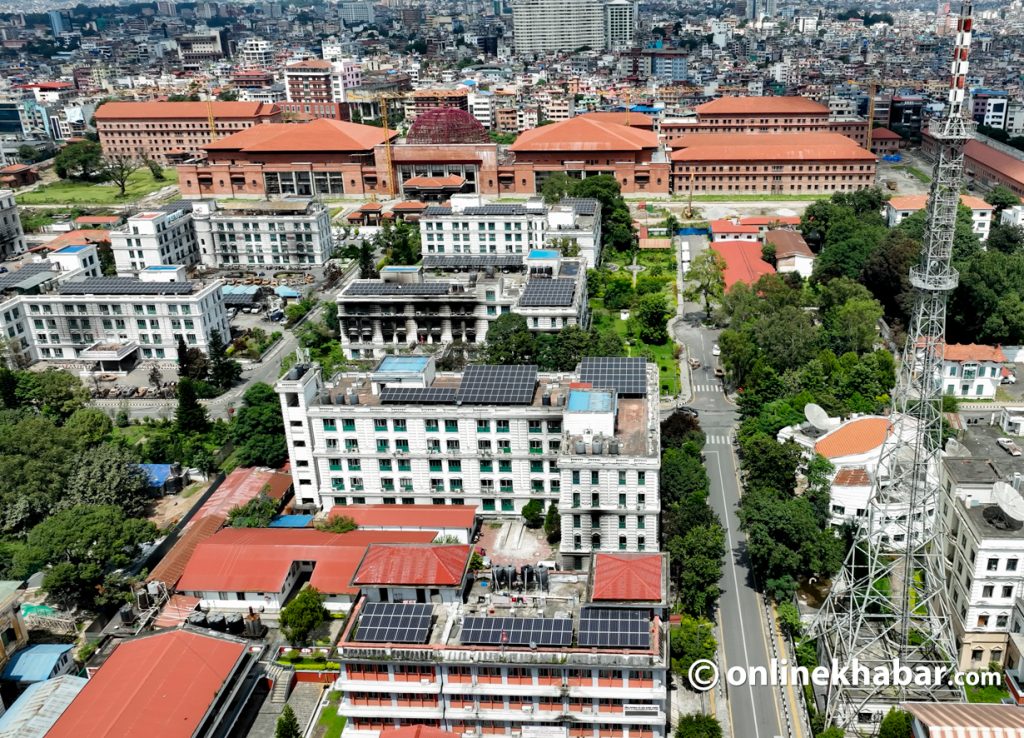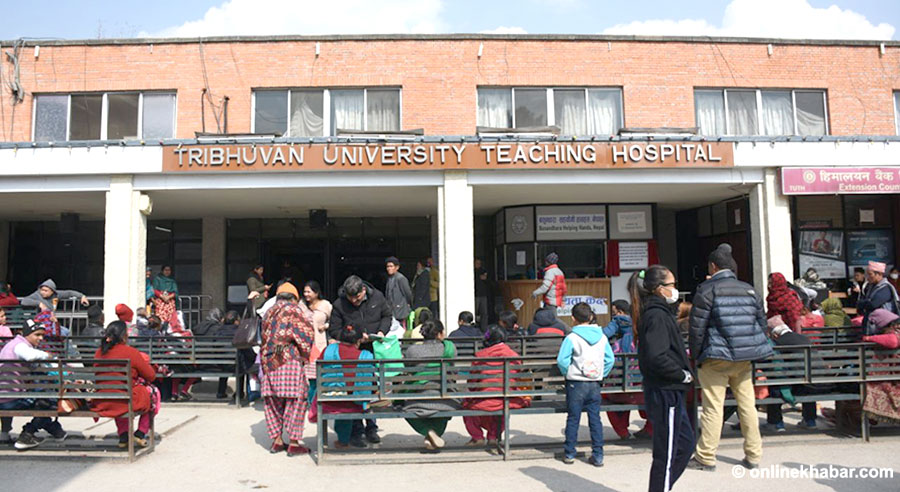
Kathmandu, January 24
A decade after the first commercial cable car service was started in Nepal, the country is set to witness a boom in the number of projects as investors vie for government licenses to kick-start new routes.
According to government officials, most projects aim to make far-flung places of religious and touristic importance more accessible as such projects have done well in the past. The government has received proposals for cable car lines to Pathibhara, Swargadwari , Muktinath and even Sarangkot. A handful of projects have already received the go-ahead to conduct preliminary environmental impact assessment studies.
The rise in the business community’s interest in cable cars has also prompted the government to work on a policy to guide the construction of cable cars.

Nepal’s rugged terrain makes it expensive to build roads and railway tracks – more than 30 per cent of the country’s surface area is covered by hills. In this context, cable cars have long been seen as a viable option for connecting different parts of the country.
The country’s first commercial cable car service connects Kurintar in Chitwan to the famous temple of Manakamana in Gorkha. The service was launched in November 1998, and it still continues to be an attraction for pilgrims and travelers alike. The country had to wait for another 18 years before another commercial cable car route, Thankot-Chandragiri was launched last year, and the response it received was phenomenal.
Business insiders say that the success of the Chandragiri line has spurred investors to look into new routes. “The Chandragiri project shows that there is a lot of potential for new routes around the country,” he said.
More than 12 companies are now seeking permits to launch cable car services around the country. Officials say that competition is so tough on some routes that more than five companies are competing to get their proposal approved. “The Pathibhara Temple in eastern Nepal is a big attraction for everyone. There are five companies that want to build a cable car line to get there,” a government official said.
Bhim Arjun Adhikary, spokesperson at the Ministry of Physical Infrastructure says Triveni Cable Car, Himal Darshan, Pathibhara Devi Darshan, Ilam Pathibhara Darshan and Divya Darshan are five companies that want to build a line to the Pathibhara temple. He said that the ministry has given Triveni the go-ahead to conduct an EIA.
The rush to build new lines across the country has also made it necessary that the government comes up with new policies. According to Adhikary, any company that wants to run a cable car service applies for a permit, and if the ministry thinks the proposal is worthy of consideration, it issues an EIA license for the project. The company can go ahead with the project after the EIA is approved and a detailed design is presented. There are also issues with forest areas, and how projects should compensate for the loss of vegetation.
The increased number of applications has prompted the ministry to work on a new policy, and it will be rolled out soon, says Adhikary.
The rush to cash in on Nepal’s new-found love for cable cars is sure to continue for some time.
***
Also read
A mass transit cable car system could be the answer to Kathmandu’s traffic woes, study says





















